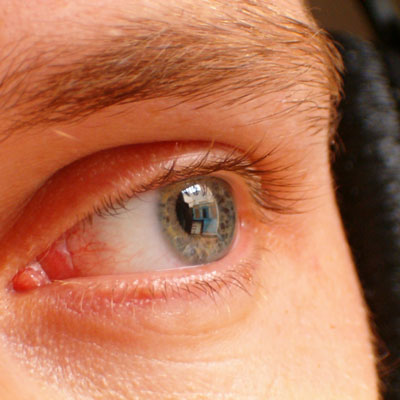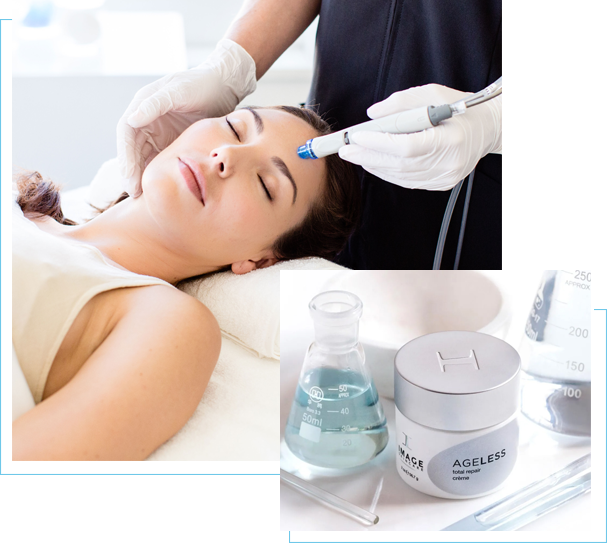
Red Itchy Eyelids?
Are red, scaly eyelids driving you CRAZY? This frustrating, but common condition, called eyelid dermatitis affects many people.
What is Eyelid Dermatitis?
There are several different things that might cause you to have red, scaly eyelids. Sometimes it is seborrheic dermatitis, or dandruff which likes to affect the scalp, but also likes the eyelids, eyebrows, and creases on the face. But another possibility is that you have a developed an allergy to something you are coming into contact with.
How do I tell if I might have an allergy?
If your eyelid dermatitis is especially stubborn or does not respond to topical steroids, there is a higher chance this it is an allergy.
How could I be allergic to things I’ve been using forever?
That’s the point. Most contact allergies come from continuous or repetitive exposure to the same thing for long periods of time. The longer you have been using something, the more likely allergy is to develop.
What are the common culprits?
Things that touch the eyelids. This includes obvious things like ingredients in eye makeup such as pigments and added preservatives to keep them from spoiling. But it also includes things in nail polish (because we touch our eyes a thousand times a day) and ingredients in shampoos and conditioners (because runoff in the shower)
What are some of the less common offenders?
Eyelid skin is THIN. Really, really thin, and because of this it often shows reactions long before other parts of the body. So, sometimes the reaction is a gold, nickel or cobalt and goes away as soon as a patient stops wearing jewelry. Or it may be to fragrance and goes away by switching to unscented skin care products and free and clear laundry detergent. Or it may be to Neosporin which about 10% of patients are actually allergic too and the reaction goes away once the patient stops putting int on every little bump or scrape on their body.
How do you find out if you are allergic to something?
Patch testing. Contact allergies cannot be detected by blood tests. The skin prick testing that allergists often do for food/pollen/grass allergies also does not detect this type of allergy. Instead, these allergies are diagnosed by patch testing. Most commonly, this is done with something called the True Test, however the True Test only diagnoses about 50% of contact allergies. More complete testing can be done with chamber based patch testing, which we are one of only a few clinics in the state to offer.
What types of things are tested for?
A panel of 80 substances is used, representing the common things that people are exposed to and that are often allergic to. Here is a partial list:
[row]
[span4]Preservatives:
formaldehyde
quaternium 15
imidazolidinyl urea
DMDM hydantoinparabens
Adhesives:
bisphenol A epoxy resin
ethyl acrylate
methyl methacrylate
[/span4]
[span4]Fragrances:
lyral
citronellol
farnesol
citral
cinnamic aldehyde
tea trea oil
ylang ylang oil
lavender
peppermint oil
jasmine
[/span4]
[span4]Medicines:
Benzocaine
Neomycin
bacitracin
Other:
potassium dichromate
nickel
gold
lanolin
carvone
black rubber mix
[/span4]
[/row]
How do I make it better?
A proper diagnosis is the key. Call Miller Family Dermatology at (425) 654-1275 and schedule an office visit. Understanding what and why this is happening is a challenge – but we can help. Once you know what is causing the irritation, you will have a clear view of what relief looks like.






No Comments
Sorry, the comment form is closed at this time.